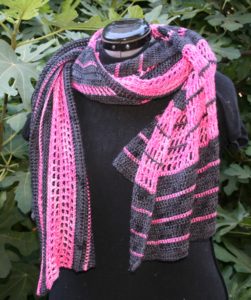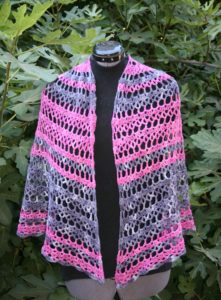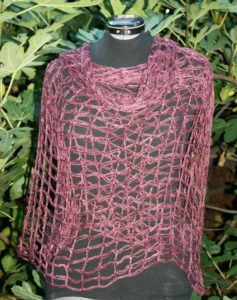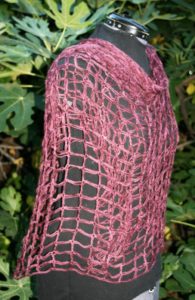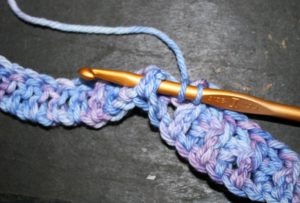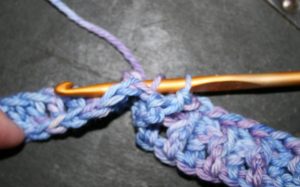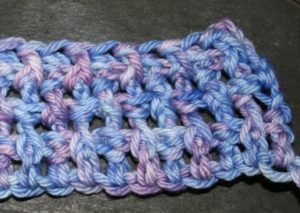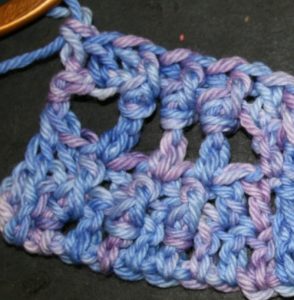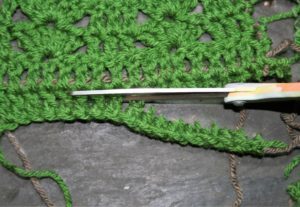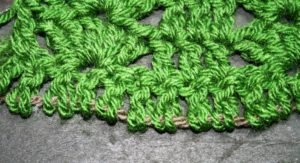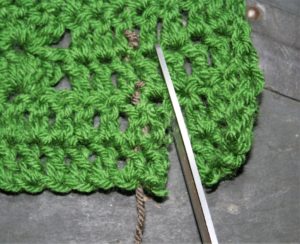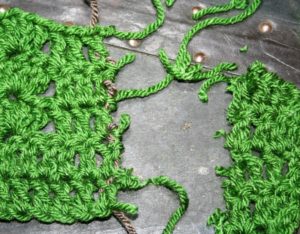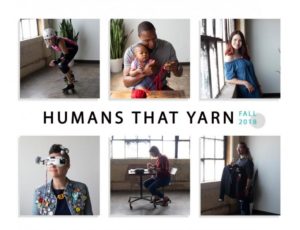 In this last few weeks I have released a couple of new designs and I wanted to share my thought about them with you.
In this last few weeks I have released a couple of new designs and I wanted to share my thought about them with you.
The first is Robert’s Vowel Wrap. Yes, it is a bit of a different name, but it reflects my son’s first comment when seeing the final piece of “awe”. Apparently he likes this one, and to get a positive comment on crochet from a teenage boy…that says something.
This design was a bit of a challenge for me to get the math to work out for the increases, but once I found it, I am quite happy with the way it works up. Essentially it is a reverse miter rectangle, starting with a small rectangle and increasing on 2 sides until you get the nice wide width. Then the length is finished off on one edge.
The contrasting colors really are set against each other in this design, and gives a bold statement, but if you wanted to change colors to something more subtle I think you would be just as happy. (The sample is worked up in Anzula Milky Way yarn, colors Petunia and Black)
Gee Circle Shawl received its name from my daughter, because “Gee I want I one” was her statement. I guess I will have to place this design on my hook again and fulfill her request.
The half circle design actually holds the shoulders, as it is slightly over a true half circle size and then quits the increase, causing the design to gently pull inward to stay in place on your shoulders. It actually works up fairly quickly and really allows two colors to play off of each other well. (The sample is worked up in Anzula Gerty yarn, colors Orchid and Victoria)
Get these patterns for yourself at my Ravelry store here, and create some stunning projects for yourself or someone special in your life.

